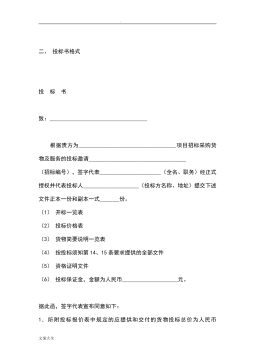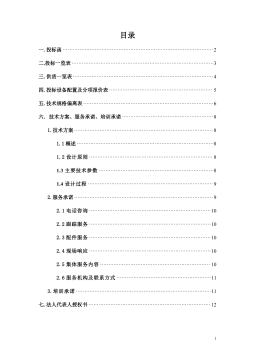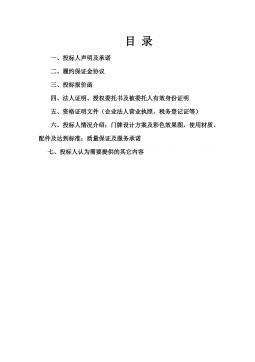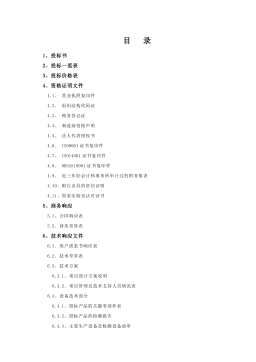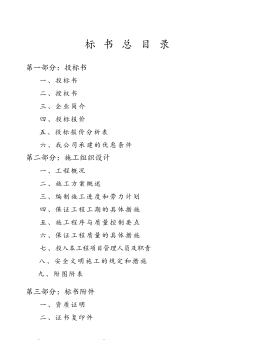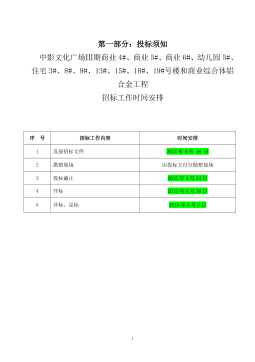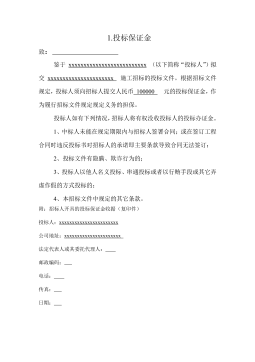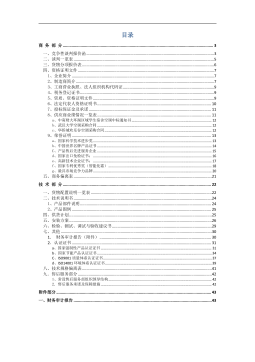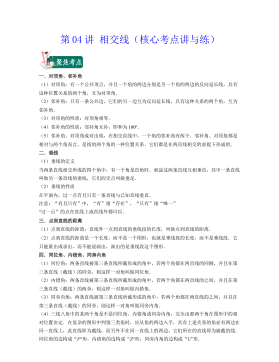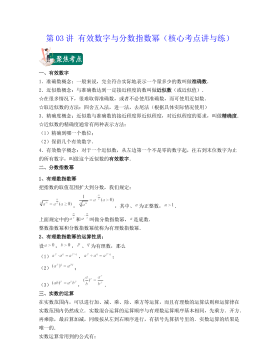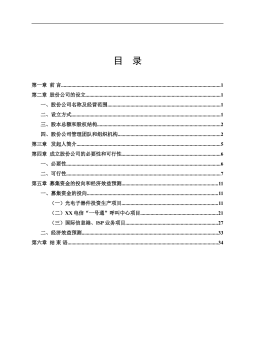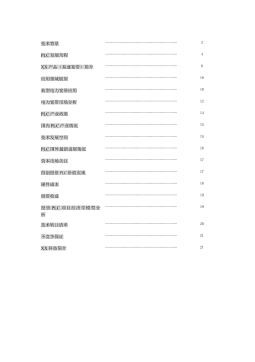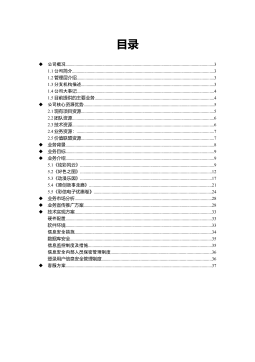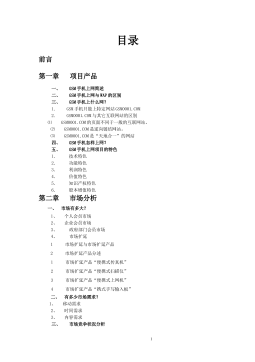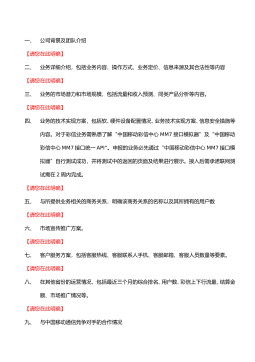C2C模式下第三方支付手段对感知风险影响的实证研究
VIP免费
I
摘要
随着互联网的飞速发展,电子商务已成为现代社会的风尚,越来越多的消费
者参与网络购物。但由于网络购物信息不对称严重,交易安全无法保证,使得网
上购物消费者感知风险大大高于传统的购物方式。而第三方支付手段作为一种支
付中介和信用中介,它的出现大大改善了网上交易的环境。与传统支付手段相比,
第三方支付手段拥有保护交易安全、经济性和便捷性的特点,它的出现对感知风
险的降低具有重要作用。
本研究在总结前人研究的基础上,站在第三方支付企业的角度,将感知风险
理论应用于第三方支付企业,考察第三方支付手段存在的哪些因素会对感知风险
的降低会产生作用,以及这些因素对感知风险的相对影响程度,从而给第三方支
付企业改进营销方案,促进网络购物提供一定的建议。
本文在文献综述的基础上,构建了第三方支付手段对感知风险影响的模型,
并使用 SPSS17.0 对所收集的数据进行实证分析。结果显示:第三方支付手段使用
者的经历与熟悉度与心理风险、服务风险、隐私风险有显著的负相关;第三方支
付手段的安全因素与服务风险、心理风险及隐私风险有显著的负相关关系;第三
方支付手段的形象因素与隐私风险有显著的负相关。同时我们的研究也发现不同
的性别对身体、隐私、心理和服务风险感知存在显著性的差异,并且女性对于这
些风险的感知显著高于男性。
根据实证研究的结果,本文给第三方支付企业提供了一定的参考建议。希望
第三方支付手段能在这些方面优化自身。首先,要加强第三方支付手段的教育,
使消费者对第三方支付手段的特点和性能更加了解;其次,优化第三方支付手段
的视觉效果,提高品牌声誉;第三,增加安全保护措施,提高安全服务承诺;最
后,第三方支付手段应该与购物网站联合制定营销策略,推广网购。
第三方支付行业逐步兴盛,但相关理论研究仍显滞后。希望本文的研究对此
有所贡献,对第三方支付企业制定正确的营销策略有一定参考价值。受时间和能
力的限制,本文的研究仍有很多不足之处待后续学者完善和深入。
关键词:网络购物;第三方支付手段;感知风险;影响因素;实证研究
II
ABSTRACT
With the rapid development of Internet, e-commerce has become a fashion in
modern society, more and more consumer participation in online shopping. However,
due to a serious online shopping information asymmetry, transaction security can not
guarantee, making the online shopping consumer perceived much higher risk than the
traditional way of shopping. The third party payment, as a means of payment and credit
intermediary, its appearance has greatly improved the online trading environment.
Compared with the traditional means of payment, third party payment owned the
features of protecting transaction security, economy and convenience, it plays an
important role on reducing perceived risk.
In this study, based on previous studies, standing on the third party payments
companies’ perspective, the perceived risk theory is applied to third party payment
companies, investigating what factors of third party payment methods exist will
decreases the perceived risk, and the relative influence on the perceived risk. This will
give the third party payment companies suggestions to improve marketing programs to
promote online shopping offers.
In this paper, based on the literature review,we constructed a third party payment
model of perceived risks, and use SPSS17.0 on empirical data analysis. The results
showed that: the user's experience and familiarity with the third party payment has
significantly negative correlation with the psychological risks, services risk and privacy
risk; the security services of third party payment has a significant negative correlation
relations with psychological risks and privacy risks; the image of third party payment
has significant negative correlation with privacy risk. We study also found the body of
different sex has different impact on physical risk, psychological risk, privacy risk and
service risk, and women's perception of these risks were significantly higher than men.
According to the results of empirical research, we can give certain suggestions to
the third party payment corporate. Hoping that the third party payment can use these to
strengthen themselves. Firstly, emphasize the education of the third party payment so
that consumers can have a deep understanding of the third party payment’s
characteristics and performance; Secondly, optimize third party payment’s visual effects
to improve brand reputation; The third, increased security measures to improve the
security pledge; Lastly, the third party payment should connect with shopping net to
increase the possibility of shopping on net.
III
The third party payment industry is gradually flourished, but the relevant theory
remained scant. Hoping that this paper can make some contribute to the third party
payment companies for developing the suitable marketing strategy. Considering lack of
time and capacity constraints, this research still has many shortcomings,and need to be
improved by follow-up scholars’ research.
Keywords: online shopping; third party payment; perception of risk; factors;
empirical study
IV
目录
第一章 绪论 .....................................................................................................................1
第一节 研究背景 ..................................................................................................... 1
第二节 研究目的与意义 ......................................................................................... 3
第三节 研究内容 ..................................................................................................... 4
第四节 研究框架及方法 ......................................................................................... 6
第五节 研究创新之处 ............................................................................................. 8
第二章 关于感知风险和第三方支付手段的文献综述 .................................................9
第一节 第三方支付手段 ......................................................................................... 9
第二节 感知风险 ................................................................................................... 12
第三节 第三方支付手段对感知风险的影响 ....................................................... 19
第三章 模型构建与研究设计 .......................................................................................21
第一节 模型构建和假设 ....................................................................................... 21
第二节 研究方案设计 ........................................................................................... 27
第三节 问卷设计 ................................................................................................... 28
第四章 实证研究分析 ...................................................................................................31
第一节 样本特征分析 ......................................................................................... 31
第二节 信度和效度分析 ....................................................................................... 32
第三节 因子分析 ................................................................................................... 34
第四节 相关分析 ................................................................................................... 38
第五节 回归分析 ................................................................................................... 42
第六节 性别对感知风险各维度影响的差异分析 ............................................... 46
第七节 实证研究小结 ........................................................................................... 48
第五章 研究结论与展望 ...............................................................................................52
第一节 研究结论与讨论 ....................................................................................... 52
第二节 相关建议 ................................................................................................... 55
第三节 研究局限与展望 ....................................................................................... 56
参考文献 .........................................................................................................................58
附录:调查问卷 .............................................................................................................63
致谢 .................................................................................................................................65
摘要:
展开>>
收起<<
I摘要随着互联网的飞速发展,电子商务已成为现代社会的风尚,越来越多的消费者参与网络购物。但由于网络购物信息不对称严重,交易安全无法保证,使得网上购物消费者感知风险大大高于传统的购物方式。而第三方支付手段作为一种支付中介和信用中介,它的出现大大改善了网上交易的环境。与传统支付手段相比,第三方支付手段拥有保护交易安全、经济性和便捷性的特点,它的出现对感知风险的降低具有重要作用。本研究在总结前人研究的基础上,站在第三方支付企业的角度,将感知风险理论应用于第三方支付企业,考察第三方支付手段存在的哪些因素会对感知风险的降低会产生作用,以及这些因素对感知风险的相对影响程度,从而给第三方支付企业改进营销方案...
作者:李佳
分类:高等教育资料
价格:150积分
属性:66 页
大小:864.96KB
格式:PDF
时间:2024-09-20


